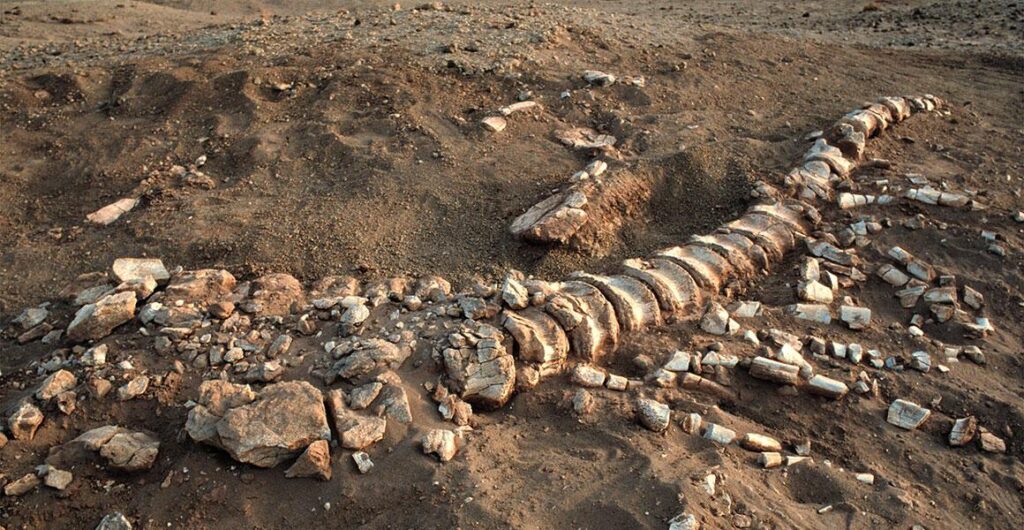Science Museum Discovers Dinosaur Fossils Hidden Under Its Parking Lot
In a surprising turn of events, the National Science Museum has uncovered a significant cache of dinosaur fossils buried beneath its own parking lot. The discovery, announced Wednesday, promises to shed new light on prehistoric life and could transform the museum into a key site for paleontological research. Museum officials say the find, made during routine maintenance work, includes remarkably well-preserved bones from multiple dinosaur species dating back over 65 million years. Scientists and visitors alike are eager to learn more as excavation efforts are set to begin in the coming weeks.
Science Museum Uncovers Rare Dinosaur Fossils Beneath Parking Area
Unearthed during routine infrastructure maintenance, the fossils represent the remains of a previously unknown species estimated to have roamed the region over 150 million years ago. Paleontologists from the museum are now collaborating with leading experts to carefully extract and analyze the specimens, which include remarkably preserved bones and rare fragments of skin impressions. This discovery not only enriches the museum’s collection but also promises to shed new light on the diverse ecosystem of the Late Jurassic period in North America.
Key findings include:
- Multiple partial skeletons revealing anatomical features unlike any known species
- Evidence of herbivorous adaptations, suggesting a niche previously undocumented in the area
- Exceptional preservation that may allow DNA residue studies in the future
| Fossil Type | Condition | Estimated Age |
|---|---|---|
| Femur Bone | Intact | 152 million years |
| Scapula Fragment | Partial | Approx. 150 million years |
| Impression of Skin | Well Preserved | 150 million years |
Experts Examine Significance of Newly Found Specimens for Paleontology
Leading paleontologists convened this week to discuss the implications of the recently unearthed fossils found beneath the museum’s parking area. Experts emphasized the exceptional preservation of the specimens, which represent a previously undocumented species from the Late Cretaceous period. According to Dr. Helen Carrington, a renowned paleobiologist, these fossils could provide crucial insights into dinosaur biodiversity and ecosystem dynamics during that era, potentially rewriting sections of the evolutionary timeline.
The team highlighted several key areas of interest that make these discoveries invaluable:
- Unique skeletal structures suggesting unexpected evolutionary traits
- Well-preserved soft tissue imprints, rare in fossil records
- Potential to clarify the behavior and diet of this dinosaur family
- New clues about the region’s prehistoric environment and climate
| Specimen Feature | Significance |
|---|---|
| Jawbone Structure | Indicates omnivorous diet |
| Feather Imprint | Suggests possible warm-blooded traits |
| Claw Morphology | Unique adaptation for climbing |
Museum Urges Public Support for Excavation and Preservation Efforts
The discovery of well-preserved dinosaur fossils beneath the museum’s parking lot has sparked an urgent call for public involvement. Museum officials emphasize that excavation and preservation demand significant funding, specialized equipment, and expert personnel to ensure these rare specimens are properly studied and conserved. Without immediate support, there is a risk that the fragile fossils could be damaged or even lost to future generations.
The museum has outlined several key areas where community contributions can make a meaningful impact:
- Funding: Covering the costs of excavation tools, laboratory analysis, and conservation materials.
- Volunteer Assistance: Trained volunteers to assist with careful digging and site management.
- Educational Outreach: Supporting programs to inform the public and raise awareness about the importance of fossil preservation.
- Research Partnerships: Collaborations with universities and scientific institutions to maximize the findings’ value.
| Support Area | Contribution Needed | Impact |
|---|---|---|
| Equipment | $50,000 | Enables precise excavation and handling |
| Conservation | $30,000 | Preserves fossils for future study |
| Volunteers | 15+ trained individuals | Supports on-site operations and community engagement |
| Education | $20,000 | Expands public programs and awareness campaigns |
Concluding Remarks
The unexpected unearthing of dinosaur fossils beneath the science museum’s parking lot not only sheds new light on the region’s prehistoric past but also underscores the potential for significant discoveries in everyday locations. As researchers continue to excavate and study the findings, the museum plans to incorporate the fossils into upcoming exhibits, offering the public a unique glimpse into ancient life right beneath their feet. This discovery serves as a reminder that history often lies hidden in the most unlikely places, awaiting the keen eyes of science to bring it to light.
